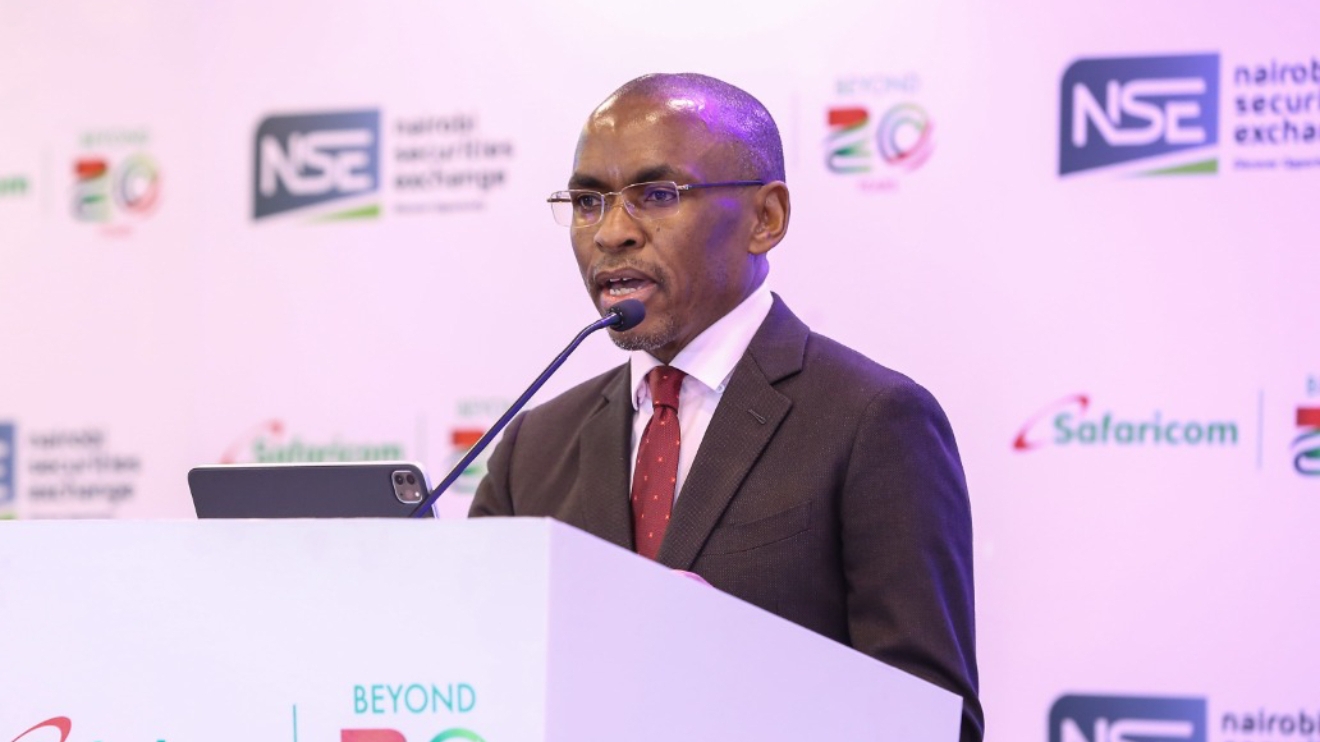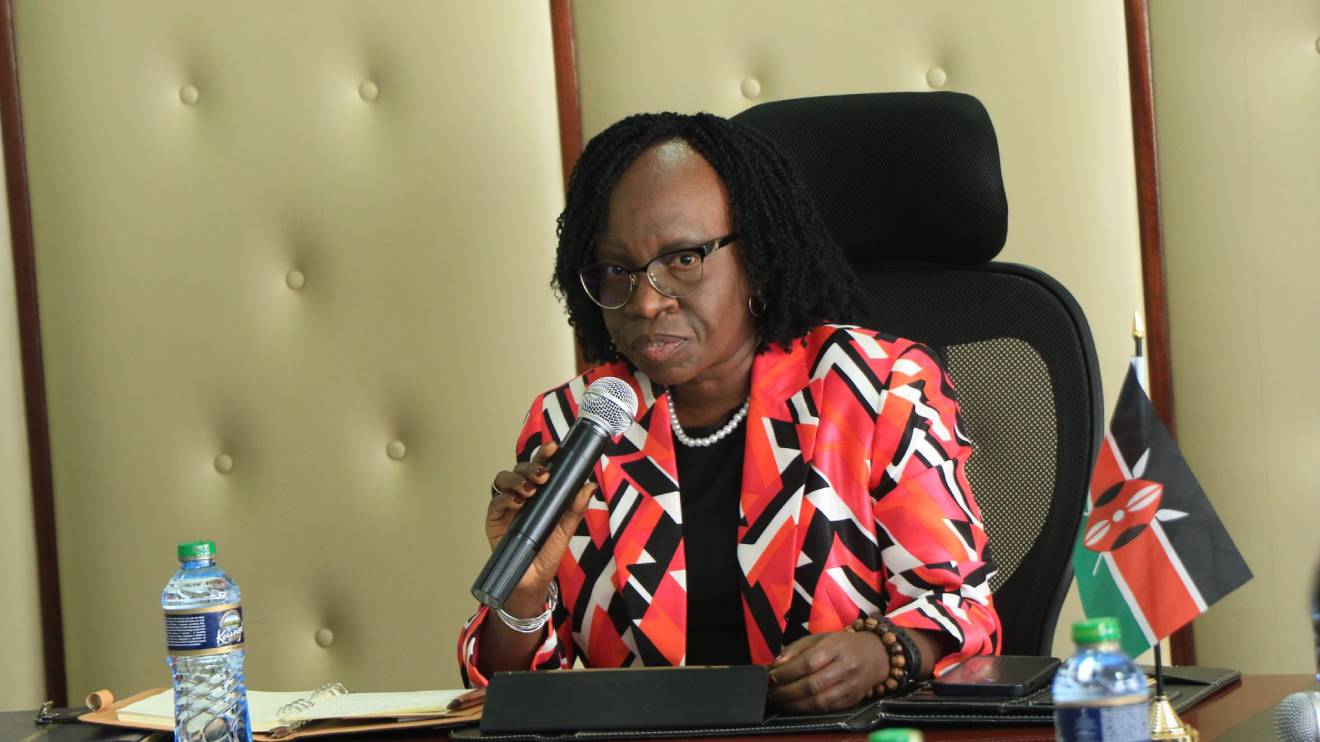Kenya Pipeline Company (KPC) reported a 22.9 per cent leap in profits for the year ending June 2023, driven by a surge in sales thanks to a weakened Kenyan shilling.
Disclosed documents presented to Parliament reveal the authority's pre-tax profits soared to Sh7.5 billion, up from Sh6.1 billion the previous year.
"The positive difference is attributed to improved throughput growth by six per cent and impact of the Kenyan shilling depreciation on dollar-denominated sales, translating to a profit before tax of Sh7.5 billion for the financial year 2022/23," the document outlining KPC's performance states.
Higher Throughput, Dollar Boost Drive Revenue:
Fuel transportation volumes through KPC's pipeline network climbed 6 per cent to 8,675,034 cubic meters, further fueling the revenue boost.
Read More
This, coupled with the shilling's depreciation against major currencies like the US dollar (reaching 140.5 units in June compared to 119 units the year before), significantly bolstered revenues, particularly from transit fuel sales denominated in USD.
KPC's total sales in the period soared 24 per cent to Sh32.5 billion, exceeding the Treasury's target of Sh30.7 billion.
This impressive performance reflects not only the currency advantage but also the potentially growing demand for fuel in both the Kenyan domestic market and neighbouring transit countries like Uganda, Rwanda, South Sudan, and the Democratic Republic of the Congo.
Domestic Sales Remain Strong:
Domestic fuel sales still constitute a significant portion of KPC's business, accounting for 55 per cent of the total throughput (4,537,535 cubic meters) in the year ending June 2022.
The Kenyan Pipeline Company's success story demonstrates how economic fluctuations can present both challenges and opportunities.
While a weakening shilling can strain import costs, it can also offer a significant advantage for exporters and companies with dollar-denominated sales.
KPC's strategic approach to capitalizing on this dynamic, coupled with its focus on operational efficiency and market expansion, has positioned it for continued growth in the face of economic uncertainty.








-1757101509.jpg)